Best Bethesda RPGs, Ranked
Is Oblivion or Skyrim the best Bethesda RPG or are they all nuked by Fallout?


It’s rare that a developer becomes synonymous with a single genre, but Bethesda has its signature style so locked down it’s a wonder we don’t just call the entire field of first-person open-world Western RPGs “Skyrimlikes” or “Oblivionvanias.” In the three decades since The Elder Scrolls: Arena debuted, Bethesda Game Studios has emerged as a juggernaut in the triple-A space, earning a rabid fanbase, massive sales, and a $7.5 billion acquisition from Microsoft, solely on the strength of its tried and true design principles.
Bethesda’s been responsible for some big hits and even bigger misses over the years, and since the shocking (but not really) release of The Elder Scrolls: Oblivion Remaster has us all rethinking our long-calcified tier-lists, we thought it was time to take a fresh look at ranking the studio’s output. It’s gonna be a long, long time before The Elder Scrolls VI is anything more than a dramatically and perhaps prematurely revealed logo, and while that’s a bummer for everyone dying to play it, at least it means this list won’t be obsolete anytime soon.
Before we start, we should clarify that we’re strictly talking about Bethesda’s trademark RPGs on this list. The extremely mid Elder Scrolls spinoffs, like the co-op focused Battlespire and swashbuckling action-adventure Redguard, need not apply here. Nor do mobile games like The Elder Scrolls Blades and Fallout Shelter, although I’ve definitely got a soft spot for the latter game’s dark humor and infinite armies of cartoon dwellers captured in the charming Vault Boy style.
No, this list is for the heavy hitters, the sprawling, prestige sandboxes that immediately come to mind when one thinks of a capital B, capital G “Bethesda Game,” though admittedly we’re starting out on a rather humble foot with…
9: Elder Scrolls: Arena
The first entry in the franchise isn’t last because it’s a bad game, it’s last because nobody knew what they were doing. The Bethesda of 1994 had basically only made sports and Terminator games, and Arena was kind of a mix of both. Originally, you traveled the world competing in medieval gladiator battles, doing the odd sidequest on the side. The developers quickly realised it would be a cool idea if your fighters could walk around the cities, talk to the people who live there, and dive into incredibly difficult dungeons on their behalf.
The result is an impressive little first-person RPG that’s very much of its era, a “where-the-hell-do-I-go-em-up” in the vein of Ultima Underworld and Might and Magic. Arena has loads of arcane systems and randomized loot, meandering, maddening, sidequests, and extremely clunky movement that will make you forget everything you’ve ever learned about using a mouse.
And given how bad the combat is, the kind of stats-based melee that sees you visually landing hit after hit on rampaging skeletons only to deal no damage thanks to a dice roll, maybe it’s a good thing the developers dropped the whole “gladiator” concept for Arena. Less fortunately, they didn’t drop it fast enough to change the title, since all the marketing materials were already printed up. The best they could do was tack on a “chapter one” and make it seem like the game was part of a larger saga about all-knowing Elder Scrolls.
Declaring your debut the start of a new franchise is a gutsy move that more often than not ends in failure, but the extremely flawed Arena was still successful enough to set Bethesda on a path that would fulfill its prediction, and boldly go beyond.
8: Starfield
With every new BGS game comes rumors and discourse on whether this will be the one that finally ditches their aging “Gamebryo” engine, or at least updates the notoriously inefficient cell-based framework beyond its well-known limits. Starfield did not. “Creation Engine 2.0” might have a fancy new name and a pretty new animation pipeline, but at the end of the day you’re still staring at a loading screen every time you step into a store.
The NASApunk sci-fi setting was a welcome departure from the low-tech locales of Tamriel and the Wasteland, even though it’s starting to wear out its welcome, but it’s ill-suited for Bethesda’s style. They’re great at creating one big connected world, full of discoveries, nooks and crannies, and intricately staged skeletons with nearby flavor notes. Instead, Starfield boasts 1,000 procedurally generated planets with what feels like a dozen different points of interest repeated between them.
Now, we've solved more than a few dragon claw puzzles in our day, but somehow that never felt as aggravating as landing on a new planet and stumbling across another abandoned cryo lab or mine. Dear god, the mines. If you’re bored in a samey Draugr dungeon, you can just walk to something cool around the corner. But in Starfield you’re just kinda stuck dejectedly wiping out the pirates, hoofing it back to your spaceship, and blasting off with a sigh.
It might seem harsh to place Starfield so close to something as primitive as Arena, but it’s easier to forgive the shortcomings of a gallant first effort from an inexperienced team than those of a $200 million triple-A behemoth that promised the moon and failed to deliver.
7: Elder Scrolls: Daggerfall
One reason the procedural generation in Starfield is such a bummer is that Bethesda has so much experience with it going way, way back. In fact, its second RPG ever is one of the most impressive feats of algorithmic open world creation that ever existed, and it came out in 1997.
The map in Skyrim translates to about 15 square miles, and that’s actually on the smaller side compared to games that came out in its wake. Breath of the Wild and Grand Theft Auto 5’s are both around 30 square miles, give or take. The Elder Scrolls: Daggerfall is 80,000 square miles, roughly the size of Great Britain. It’ll take you 69 hours to walk across the entire thing, though it’ll go slightly quicker if you’re okay with staring at the back of this horse's head for days on end as your precious time on Earth slowly whittles away.
The world is vast, sparse, and kind of ugly, but it’s definitely not empty. The Iliac Bay area contains nine distinct climates, 44 different political regions, and 15,000 points of interest scattered throughout. We’re talking 4,000 dungeons and 5,000 cities or towns populated with hundreds of quests and non-player-characters. Needless to say, there’s a touch of wonky proc-gen involved.
But what good is a huge world if it’s a slog to move around in? The dungeon-crawling combat is only slightly improved, though the debut of the series’ trademark “improve your stats as you use their skills” progression system is definitely appreciated. In Daggerfall, it’s the experience above ground that made the biggest leap in quality. You can buy houses and boats, join guilds, steal and murder to your heart's content and deal with the consequences. While it’s all relatively simple and extremely opaque, the opportunities for immersion within Daggerfall almost make you wish you could explore it with a friend or two. Almost.
6: Fallout 76
You might be confused as to why Fallout 76 is on this list at all, given that it’s more of a live service, multiplayer looter-shooter than an epic, story-driven RPG experience, and if you haven’t played it for a while that’s totally fair. The game was a straight-up disaster at launch, omitting hand-crafted dialogue and non-player characters in the hopes that griefing online randos would be able to provide the flavor that makes Fallout’s wastelands so worthwhile. This was a mistake, to put it mildly, and just one of many. From aggravating loot limits and endless crafting to questionable pricing practices, Fallout 76 was a dud when it debuted in 2018, thanks in no small part to a grueling development cycle that plagued the project from the start.
Things have changed, however. The Wastelanders update added voiced NPCs to the experience, so many in fact that technically it has the most characters of any game in the whole series. Whether they have anything worthwhile to say is still up for debate but they’re there, along with tweaks to the loot system and overall experience that make it less of a slog and more of a passable RPG to play with friends. The game has developed a healthy following, especially in the wake of Amazon’s hit Fallout TV series, but even so, it’s hard to rank Fallout 76 very high given the existence of the superior Elder Scrolls Online, Bethesda’s long-running MMO that only failed to make the cut here because it was developed out of house by Zenimax Online Studios.
Fallout 76’s pivot towards live-service, revenue-generating, trend-chasing slop gave fans grave doubts about Bethesda’s stewardship of the Fallout franchise, but they didn’t exist in a vacuum. Discontent had been brewing for a long time, even as sales skyrocketed.
5: Fallout 4
At 25 million copies sold, Fallout 4 is the most successful game in the series by a wide, wide margin, beyond the wildest dreams of Tim Cain and the rest of the Interplay/Black Isle crew that created the original isometric RPGs in the ’90s, though that success comes with a cost. Streamlined gameplay and welcome quality-of-life features can turn a niche cult classic into a mainstream blockbuster, but balancing that accessibility without sacrificing depth and complexity is no easy task. Fallout 4 fails in that regard.
First, the good: Fallout 4 feels great. The movement and shooting feels crisp and responsive compared to its clunky predecessors, and the Commonwealth is more than a worthy environment to explore. A new system that allows you to design and build your own settlements is an impressive addition to Bethesda’s aging tech, though it’s a coin flip as to whether you’ll find it fun or a complete waste of time. The game looks and sounds spectacular, and was arguably the most polished launch product Bethesda produced since… ever. Some of its expansions, particularly Far Harbor, seemed to capture that old Fallout feeling, and there’s at least one all-time classic character to emerge out of the crowd of Bostonian blandness and micromanaging Minutemen in the form of android private eye Nick Valentine.
The storyline, revolving around high-tech synthetic humans teleporting from a crisp and clean underground lab, is at odds with the grungy atompunk flavor of the Fallout universe, and the bizarre twist involving the identity of your character’s missing son was both blindingly obvious and incredibly dumb. The whole experience feels like a Fallout-flavored theme park ride, plopping you in power armor to face off with a deathclaw within the first hour of gameplay. From there, the game parades you through a series of shallow choices and uninteresting factions until you pick who you’re going to side with and watch the uninspired endings play out.
The biggest detriment to the game has to be the dialogue system. The first Fallout, famously, allows for all sorts of freedom in how the Vault Dweller interacts with the world around them, from monosyllabic grunts to talking the super mutant Master into unaliving himself in the final boss battle. Fallout 4, on the other hand, made the dubious decision to voice all of our protagonist’s interaction, severely limiting their options. Even worse, the four choices offered in response to any situation usually boil down to nice, rude, neutral, and “tell me more.” It’s a disappointing devolution of the RPG formula, but not entirely unsurprising given Bethesda’s first Fallout game.
4: Fallout 3
When Bethesda announced it had purchased the rights to the dormant Fallout franchise in 2004, fans went nuclear. For some, Fallout seemed like a perfect fit for the devs that wrote the book on systemic open world sandboxes, but there was a sizeable contingent of gatekeeping grognards who were a little more wary, warning that the Bethesda crew would tone done the anarchic spirit of the first two games for a more bland experience in hopes of capturing a more casual audience. The end result was a little bit of both.
The revival starts out extremely strong, with an opening sequence that begins with your character exiting the womb and then gives a quick crash course in all that life inside Vault 101 has to offer, from bullies to birthday parties. The intro also serves as a tutorial for the V.A.T.S. system, maybe Bethesda’s most brilliant addition to the franchise. The isometric, turn-based Fallout games allowed your character to target individual body parts in combat, allowing for agonizing and often hilarious precision shots. In the leap to first person, BSG compensates for their somewhat muddy controls by letting us freeze time and select precisely where we’d like our strikes to land in one of the most elegant translations of a game mechanic from 2D to 3D ever.
Not everything in Fallout 3 is as successful as V.A.T.S., however. The Capital Wasteland is a fantastic map filled with recognizably ruined national landmarks, but it’s also stuffed with repetitive encounters in subways and sewers awash in a hideous green filter that was all the rage in the early aughts. There are meaningful choices with megaton consequences that ultimately railroad you into an utterly ludicrous ending scenario that requires you to sacrifice your life to radiation while your radiation-immune supermutant friend watches from a safe distance A conclusion that was so derided, Bethesda would eventually patch it by way of the Broken Steel DLC.
It’s the very best and very worst of Bethesda’s instincts laid bare, and the awkward friction integrating BGS’s environmental storytelling with Fallout’s anarchic RPG flavor makes vanilla Fallout 3 a rather unpleasant experience today. An excellent alternative is theTale of Two Wastelands mod that fuses Fallout 3 together with Obsidian Entertainment’s fan-favorite Fallout: New Vegas to create a single massive game. Or if that’s too much of a hassle, you could just wait for the all-but-confirmed remake that’s coming in the wake of Oblivion Remastered. Speaking of which…
3: The Elder Scrolls IV: Oblivion
This was a tough call. Many of Oblivion’s adoring fans might find it blasphemous to be placed before Skyrim, while haters might contest that some of the Fallouts are superior. The truth, as always, is subjective, except for on ranking lists like this, which are infallible, definitive, scientifically determined and legally binding so let’s see how it stacks up.
Oblivion is the foundation of modern Bethesda games. Morrowind, obviously, came before, but it’s notable that Fallout, Starfield, and every Bethesda game (and Bethesda wannabe) since 2006 have used Oblivion as the template rather than its predecessor. The awkward pause and zoom in to start a conversation, the OP dominance of stealth archery, the ramping-up power fantasy designed to make a lowly prisoner feel like the most important being in all of Tamriel… It’s all here in pretty much its final form, though with lots of room for improvement.
The main plot sees you fending off a demonic Daedric invasion alongside a Sean Bean-voiced bastard in a cinematic saga that borrows bigtime vibes from Peter Jackson’s wildly popular Lord of the Rings trilogy. But it’s the sidequests, particularly those involving the guilds, that really elevate Oblivion. They’re all really solid in Skyrim, too, but Oblivion’s individual missions have a lot more going for them.
Instead of Skyrim’s fairly rote assassinations on behalf of the Dark Mother, your devotion to the Dark Brotherhood in Oblivion is tested by specific kill conditions that make you feel like an Argonian Agent 47. Meanwhile, while Skyrim’s introduction to the Thieves Guild effectively amounts to getting approached by a recruiter, in Oblivion, it only exists as shadows and rumors, the only clues to their existence are scattered posters and urban legends. You have to work to seek them out.
So why did we rank Oblivion below Skyrim? Maybe it’s the eye-searing ugly bloom of the XBox 360 era, or the dorky potato-faced characters stumbling through their lines. It could be the ill-conceived progression system that forces you to grind minor skills for fear of losing precious stat points when you level up, or the repetitive trudging through endless Oblivion gates. Of course, all of that can change with a remake.
The Oblivion Remaster goes a long way towards modernizing the game, with a slick UI, gorgeous new graphics, a more forgiving level-up system, and a deeply appreciated sprint button. Gone is the blinding haze of the seventh console generation, replaced with a solid Unreal Engine sheen. Unlike a lot of remasters, Oblivion maintains its awkward charms, for better or for worse.
The enemy scaling is sadly still intact, meaning you’ll find yourself running into gangs of filthy bandits bearing glass and Daedric gear. Most of the frustrating minigames have been retained, and the combat still feels strange by modern standards. But would Oblivion really be Oblivion without the jank? Without expensive horse armor and actors flubbing their lines?
The Oblivion Remaster is still the same game. It might be a little too early to tell if the remaster will be worthy of a higher spot than Skyrim, but there’s a fundamental difference between the two games that’s more than just skin deep.
2: The Elder Scrolls V: Skyrim
For all of its triumphs, Skyrim loses a lot of what makes the older Elder Scroll games so special. The quests are more shallow, your character build isn’t as customizable, and your choices matter even less. You can quickly become the leader of every single guild, and the biggest decision of the game is who you want to back in the Skyrim Civil War, which culminates in an epic battle of about 40 dudes clipping into each other outside of Whiterun.
In exchange for the simplification, Skyrim received massive, undeniable improvements to the moment-to-moment gameplay. You can dash across the landscape and glitch hop your way up mountains. Additions like dual wielding and weapon crafting finally make the kinetic act of combat enjoyable in itself, and the brilliant addition of shouts allows you to drop dragons out of the sky and blast guards into the horizon with a single squeeze of a shoulder button. Clearly, the game was designed with controllers in mind, as a glance at the oft-maligned default interface will tell you, but that brings with it a tactile and responsive game feel that Skyrim’s PC-first counterparts lack. Skyrim simply feels better.
But the real secret that separates Skyrim from Oblivion is its space. In past lore, Oblivion’s setting of Cyrodiil was an endless jungle of East Asian and Mesoamerican-influenced aesthetics. In the game itself, it’s basically England. Green forests, grassy fields, and the odd Ayleid Ruin dot a landscape that fails to leave much of an impression compared to Skyrim’s frozen tundra. The mechanical depths of the Dwemer ruins, the hazy valleys of the Rift, and the glaciers of Winterhold, all feel like part of a cohesive whole. Skyrim’s geography becomes second nature as you climb enormous mountains and explore endless caves, all the while knowing that the warm glow of Whiterun at night is just a cozy walk away.
Frankly, it’s a place you wouldn’t mind settling down and living out your days in a comfy Lakeview Manor, raising honey bees with your werewolf wife at your side. It’s no wonder so many people found themselves lost in Skyrim over the years, compelled to purchase the game over and over again with each slightly-improved release. For many, Skyrim and its suite of mods are the first thing to install on any new computer, just so you know it’s there – a true “forever game.”
Skyrim is the game that turned the Elder Scrolls from a successful but nerdy RPG franchise into a blockbuster AAA giant. It’s like comparing Dark Souls to Elden Ring. Similar to Oblivion, Dark Souls is probably the better game on paper, but in terms of impact, the refinement that led to Elden Ring and Skyrim allowed the games to simultaneously expand in scope and reach the widest audience possible. Skyrim isn’t a game you have to recommend with huge caveats to your friend who mostly plays Warzone, it sacrificed just enough of its systems to smooth out its friction points and in the process became an all-time best seller.
This isn’t to say that it should be ranked highly just because it made a ton of money, but rather that it made a ton of money because of how well it struck a balance between accessibility and depth, allowing players of all kinds to immerse themselves in an intricately crafted world and live out that timeless, universal fantasy of slaying dragons. But with all due respect to Skyrim’s successful efforts to make the game accessible to the mainstream, our number one spot goes to the game that achieved the exact opposite.
But first...
Honorable Mention: Fallout: New Vegas
We couldn’t in good faith leave this list without mentioning the best Fallout game ever made. Even if it was developed by Obsidian, it’s built on Bethesda’s bugs-and-all engine and wouldn’t exist without the other games on this list, even though it’s better than all of them. A near-perfect marriage of old-school sensibility and BGS open-world quirkiness, you don’t want to miss this one, especially if you plan on watching season 2 of the show.
Which brings us to the greatest Bethesda game of all time, coming in hot from the isle of Vvardenfell, it simply must be…
1: The Elder Scrolls III: Morrowind
For a game that we’re definitively calling the greatest Elder Scrolls game of all time, it’s far from the most polished or accessible. The combat retains much of the RNG aggravation of earlier games, and The UI, cluttered with resizable windows and long lists of dialogue choices to scroll through, borders on utter madness. It’s almost impossible to believe that people once navigated this monstrosity with nothing but a giant Xbox Duke controller, but indeed they did.
And yet, despite the at-times overwhelming encumbrances of age and complexity, Morrowind is unparalleled when it comes to pure freedom. There are no quest markers or floating arrows on a compass to guide your way, just clues in a dense journal filled with vast amounts of text to click through with hyperlinks. Its spellmaking system, nerfed and eventually eliminated over the years, allows for utterly broken combinations that let you leap between cities and blast across the sky on Boots of Blinding Speed. Characters have seemingly endless amounts of dialogue, spewing forth on screen in massive paragraphs – though if you get tired of reading, you can always end their worthless life. Always.
No NPC is unkillable in Morrowind, not even the essential ones. In most Bethesda games, if you bludgeon a story-integral character to death with the Mace of Molag Bal, they just take a wee nap and rise again to move the story along. Morrowind instead presents you with the haunting yet somehow liberating message: “the thread of prophecy is severed… restore the weave of fate or persist in the doomed world you have created.”
And what a doomed world it is. Vvardenfell is an ashen wonderland where giant insects float among towering fungi and dark elves set up shop in hollowed-out exoskeletons. It borrows more from The Dark Crystal and Dune than it does from Tolkien, a bold, experimental, and organic departure from tropes and tradition. There’s just something magical about Morrowind. Even when later games like ESO return to the region, it never quite hits the same as the original’s rough graphics and smeary textures that render the world as a trippy fusion of Cruelty Squad and Xavier: Renegade Angel.
But that individuality comes at a cost. For every person enamored by riding giant bugs as public transit or reading 36 volumes of a Dunmer god’s wisdom, someone else decided to play Halo 2 instead. Bethesda made a very conscious decision to make Oblivion more inviting, and its investment obviously paid off. Still, it’s hard not to ponder what could have been.
Reflecting on Morrowind, one can’t help but think of Baldur’s Gate 3 – a modernized, uncompromised take on the classic CRPG genre that took the video game world by storm when it was released. BG3 isn’t a retro novelty throwback, nor is it a dumbed-down trend-chasing crowd pleaser. It’s simply what fans of the first two games could have envisioned a long-delayed followup would look like, which begs the question: How would an actual sequel to Morrowind work? And would today’s audience accept it?
Truthfully, the top three Bethesda games are almost entirely interchangeable. You can make a solid argument for them in any order, based on your own personal preferences and, let’s face it, more than a little nostalgia. For us, Morrowind is at the top of this list because there will never, ever be another Bethesda game like it –- but as always, your own personal ranking may vary. So, commence dragonshouting your favorites in the comments below!



































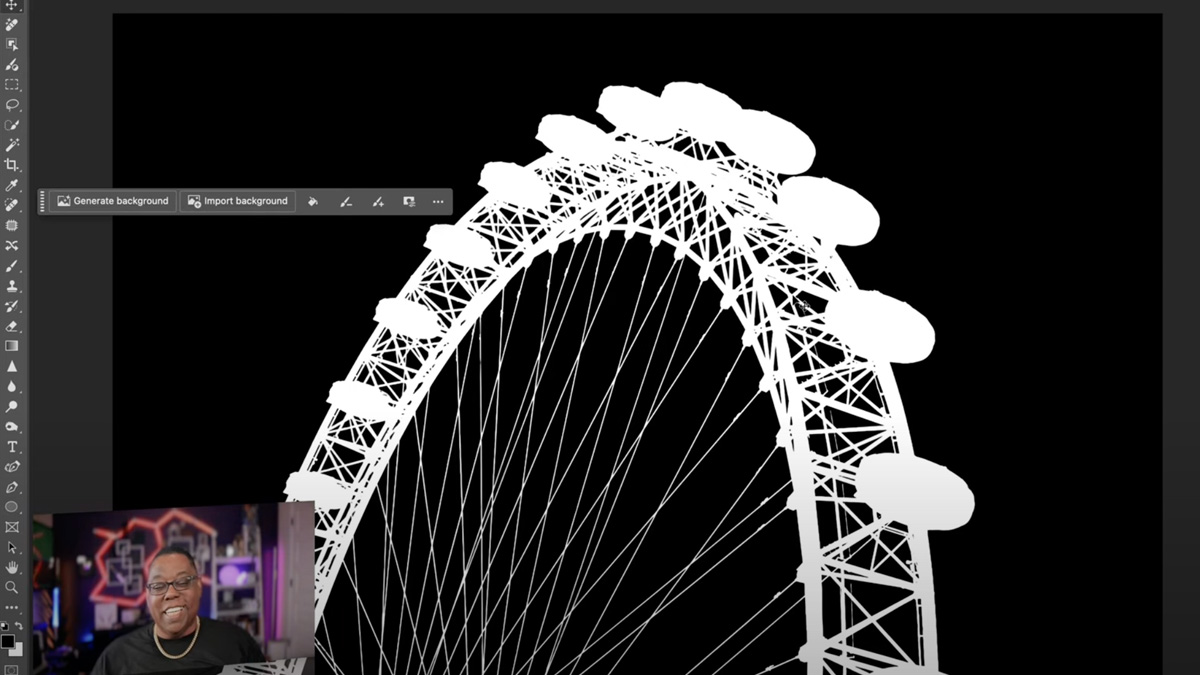






















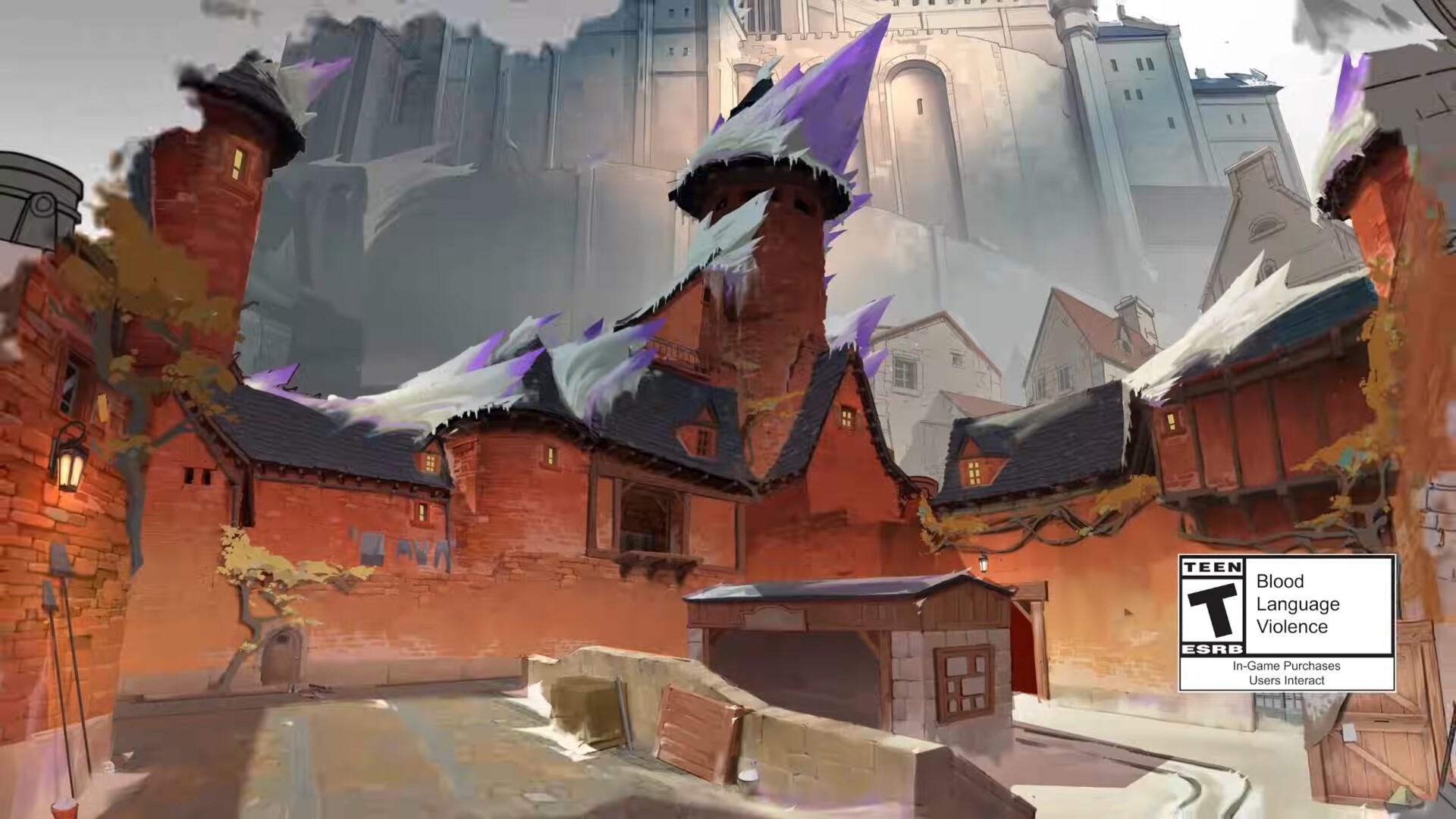
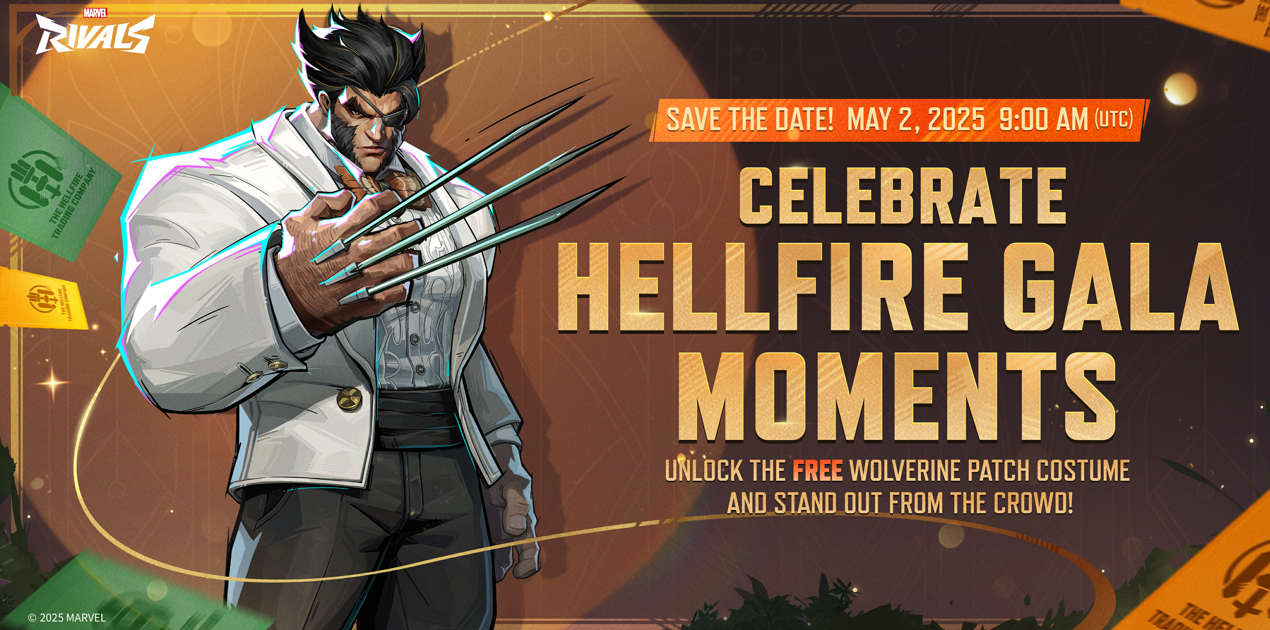

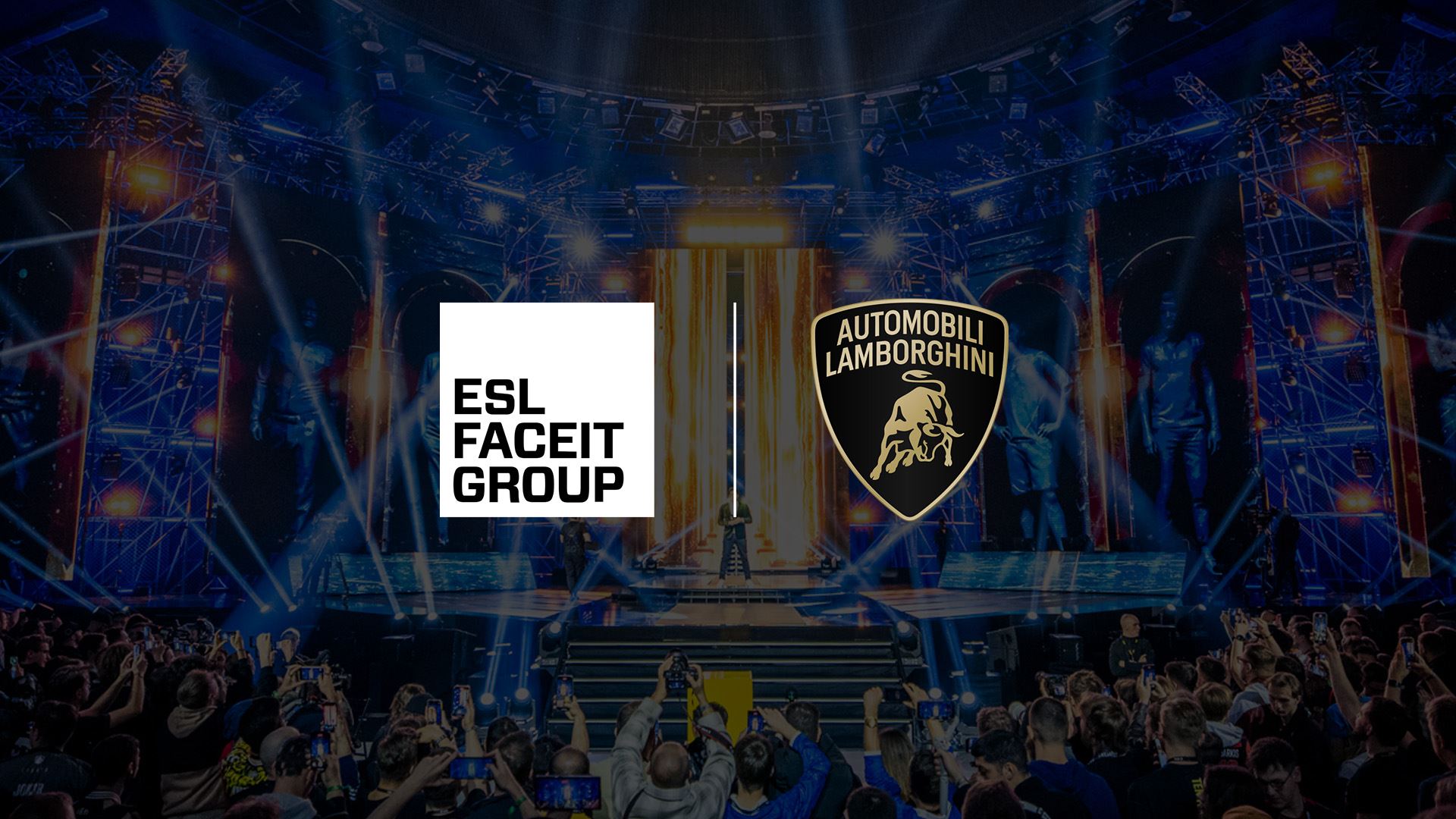













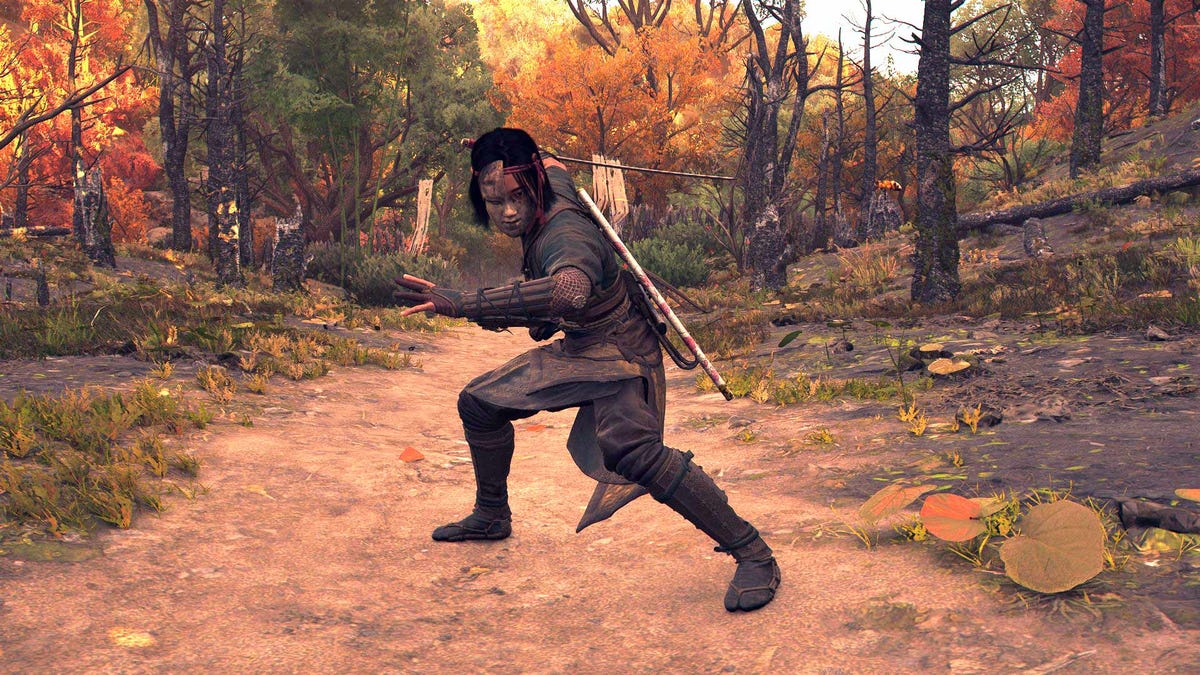
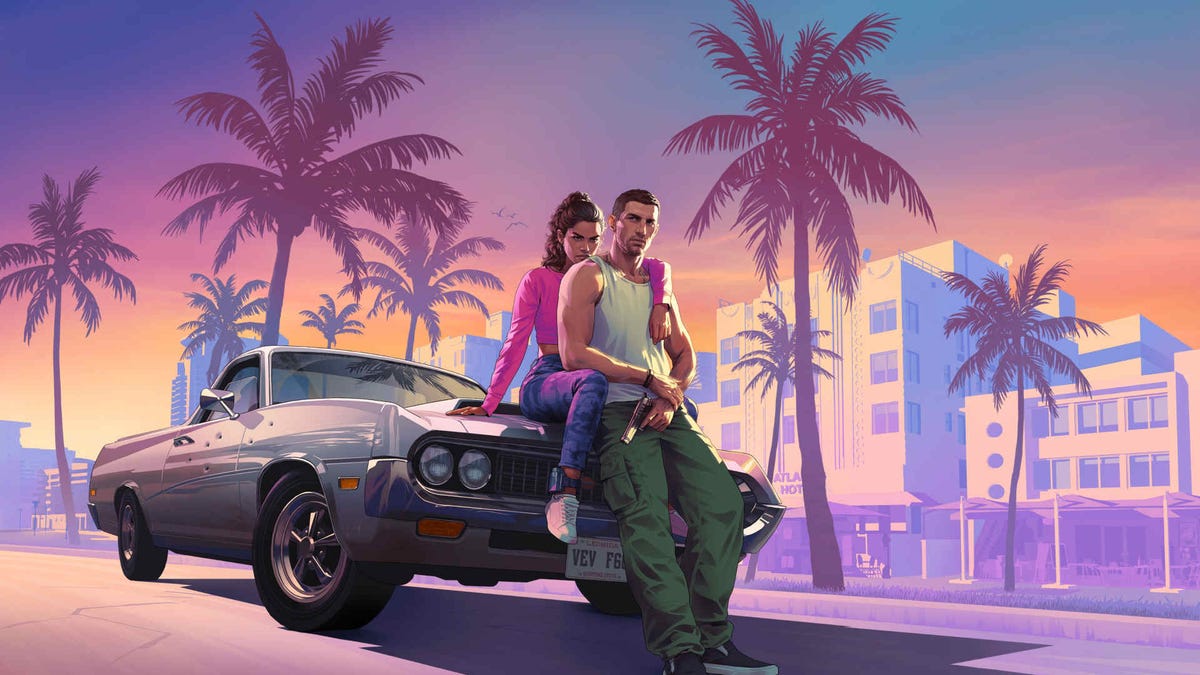





![Should Andor have killed [redacted]? Let’s discuss](https://platform.polygon.com/wp-content/uploads/sites/2/2025/04/PGM2-FF-002299.jpg?quality=90&strip=all&crop=10.506770833333%2C0%2C78.986458333333%2C100&w=1200)








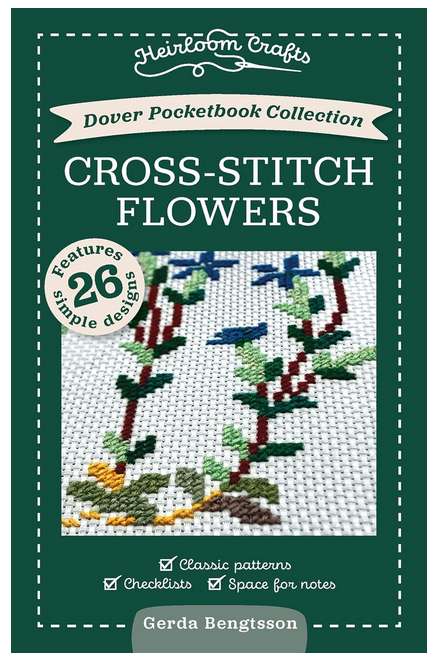

















































































.jpg)



.jpg)









































































